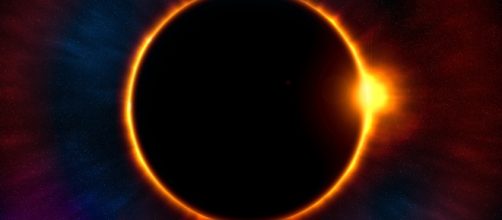A total solar Eclipse dubbed as the Great American Solar Eclipse will occur on Aug. 21, 2017. This means people from the US will shortly experience a twilight during daytime as the moon completely blocks the sun.
During total solar eclipses, temperatures also drop because sunlight will be blocked by the moon from reaching the Earth for a short period of time. This is also a celestial extravaganza anticipated by stargazers, hobbyists, scientists, and photographers because they will be able to see an unusual sight to study and photograph.
When it happens, the glowing edges of the sun will be visible around the silhouette of the moon.
Fortunately, the event will be visible in the US and will temporarily dim the sky from Oregon to South Carolina, according to Space.Com.
Total solar eclipse
The coverage stretches to about 70 miles (113 kilometers) and is called the "path of totality". Many people would want to see this rare occurrence but experts warned the public that they should enjoy the event with precautions. For one, it is dangerous to stare at the sun without protection for the eye. Doing so will cause eye problems including blindness. Therefore, having the correct gear like UV lenses and telescopes are vital.
What to expect?
During this time, the moon will completely block the disc of the sun, thanks to the wonders of cosmic geometry.
There are times when the moon and the Earth's orbit conspire to make a total solar eclipse happen. Usually, the sun, moon and the Earth line up every 18 months but the exact cosmic geometry to produce a total eclipse does not happen very often.
Where to see it?
In the US it will stretch from Oregon to South Carolina. The eclipse will pass through Kansas, Wyoming, Nebraska, Ilinois, Kentucky, Georgia, North Carolina and Tennessee. Outside of the US, a partial solar eclipse will be visible. NASA provides a detailed interactive map of the eclipse available from its official website. But according to Accuweather, the best place to see it is in Charleston, South Carolina. It is expected to last for 1 minute and 33 seconds.
Meanwhile, some states will organize group viewings for those interested to watch the eclipse with experts on the field. Anyone can join the groups and it is also advisable to participate since there will be professionals to curate the matter and they are also expected to choose the best venue in specific states to view the phenomenon. In Charleston, there will be an eclipse baseball game at the Joseph P. Riley Park.


